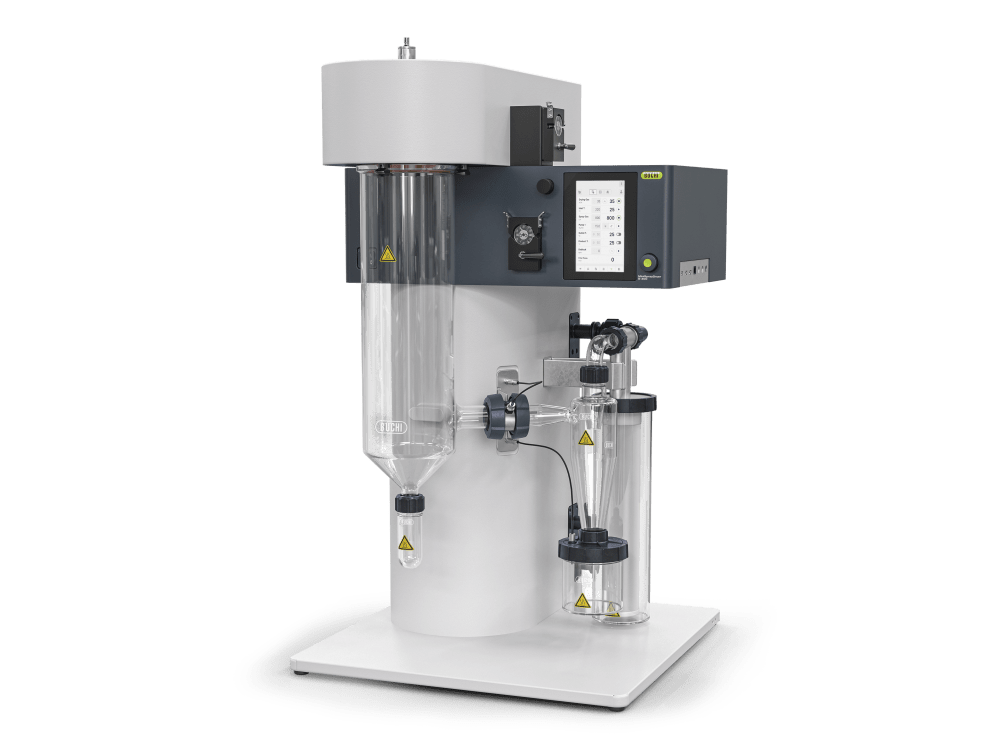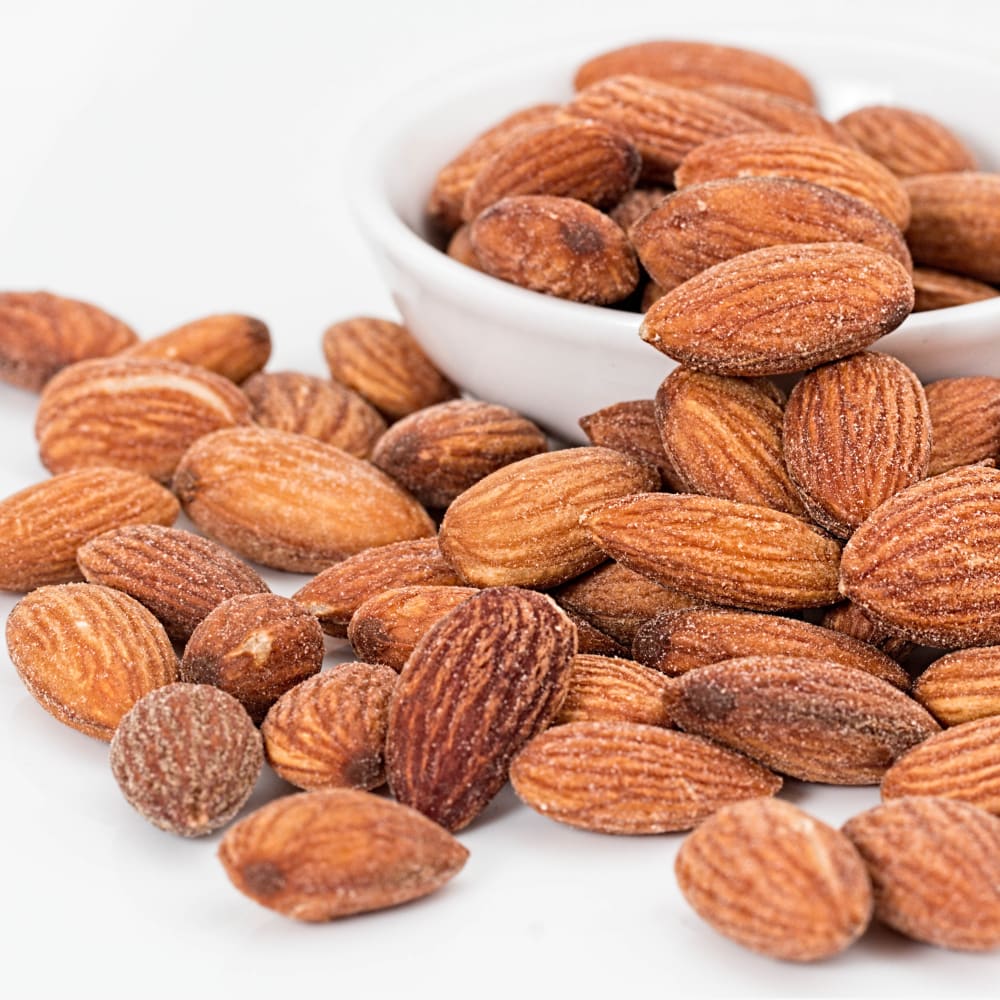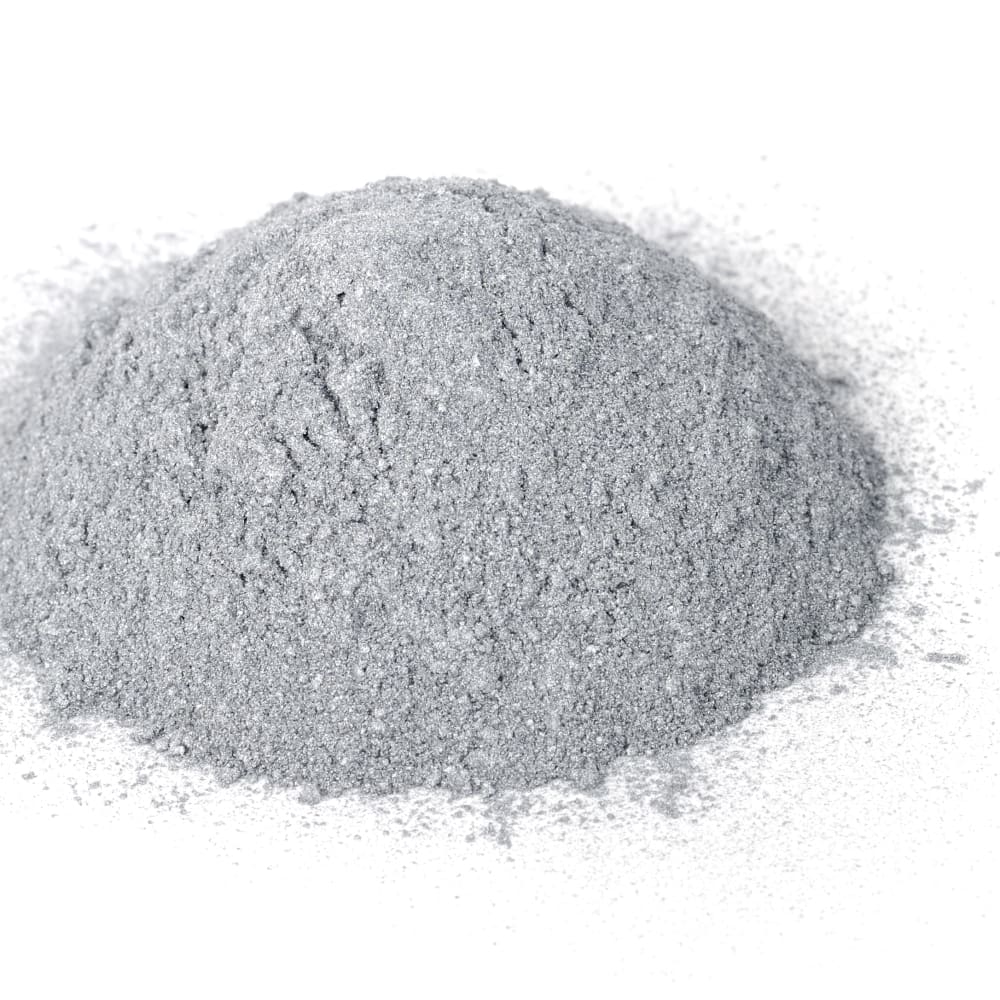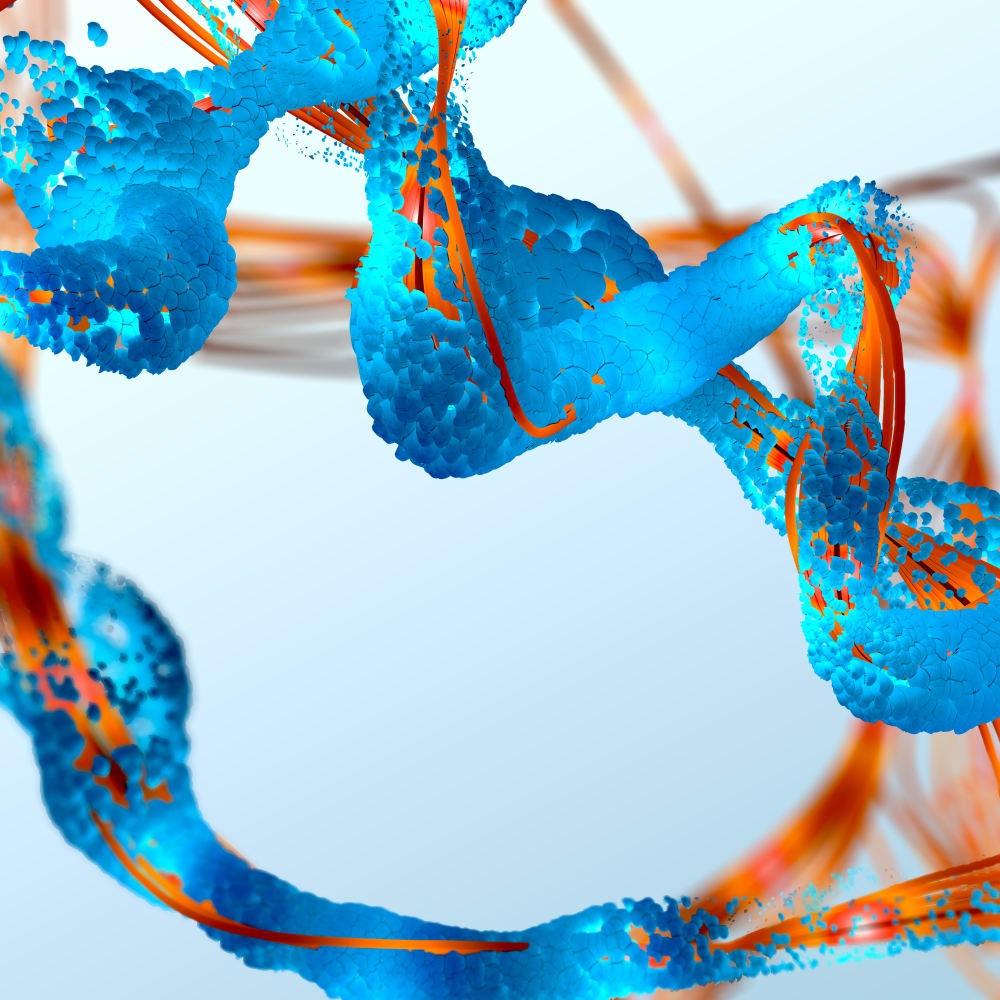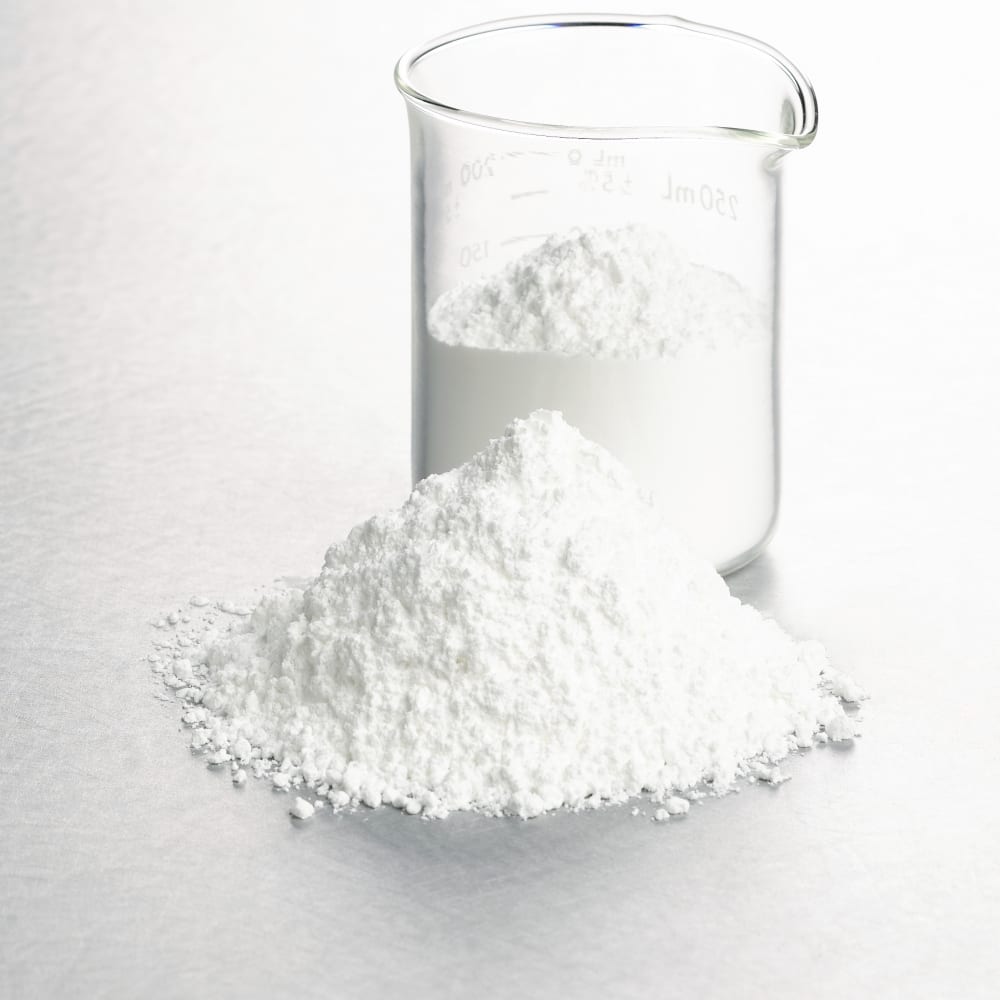Spray Drying of Calcium hydroxilapatite
Spray Drying of Calcium hydroxilapatite with the Mini Spray Dryer B-290
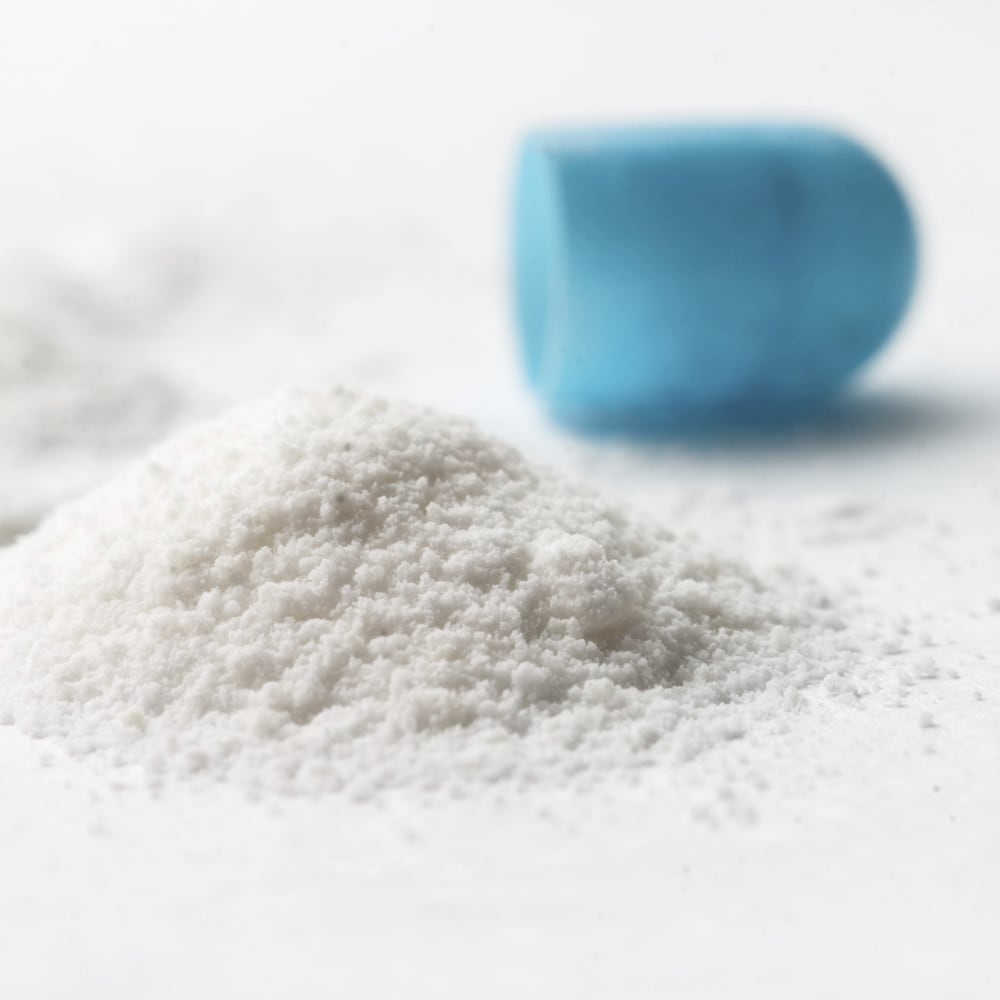
Spray drying is a widely used technique in the pharmaceutical and biomedical industries for the production of dry powders from liquid formulations. Calcium hydroxyapatite (HAp) is a widely studied ceramic biomaterial that has potential applications in bone tissue engineering and regeneration due to its biocompatibility and similarity to the mineral component of natural bone.
Spray drying has been investigated as a potential method for the production of calcium hydroxyapatite powders for biomedical applications. The process has been optimized for various parameters such as feed rate, atomization pressure, and drying temperature to achieve desirable powder properties such as controlled particle size, high purity, and improved sinterability.
The resulting powders have potential applications in bone tissue engineering for the production of HAp scaffolds and implants. The use of spray drying for the production of calcium hydroxyapatite nanoparticles for drug delivery applications is also an area of interest for future research.
Overall, spray drying is a promising technique for the production of calcium hydroxyapatite powders with improved properties for biomedical applications. Further research is needed to optimize the process and evaluate the performance of the resulting powders in vivo.
